How To Prepare The Perfect Pasta
Being raised in a predominantly Italian household, I’ve only known pasta to be done one way: the right way. It wasn’t until I got older that I realized that there’s a some things that newer cooks don’t understand, one of those things being how to prepare pasta the way it was intended to be prepared.
I’ve seen people do weird things, like rinsing their pasta, serving the pasta dry with sauce on top, and just using the wrong pasta for the sauce they were serving it with. Unfortunately, as I started living on my own, I may have been guilty of a these myself as I starting learning how to cook on my own.
As simple as you’d think pasta is to cook, there is a method to how it is cooked, and what it’s matched with. So I thought i’d put together a quick how-to based on what I’ve learned and share with you!
All About Pasta
Before we get into the detail of cooking pasta, here’s a quick list of what pasta goes with what sauces. I have found a pretty exhaustive list over at Chow. Here’s a few of my favorite pastas and what you sauces are recommended for them
Pasta Sauce Pairings
Description: Long thin and round. Everyone’s Favorite!
Sauces: Tomato, Vegetable, Butter/Oil, Meat, Cream/Cheese
Description: Short tubes with ridges.
Sauces: Tomato, Vegetable, Cream/Cheese
Description: Penne will be short tubes with diagonal cuts, Mostaccioli is just Penne with ridges.
Sauces: Tomato, Vegetable, Meat, Cream/Cheese
Description: Long, thin and flat.
Sauces: Tomato, Vegetable, Butter/Oil, Meat, Cream/Cheese, Seafood.
How could I not include a pasta that’s close to my last name?!
Description: Long thin tubes.
Sauces: Vegetable, Butter/Oil, Meat Cream/Cheese, Seafood.
Pasta Cooking Tips
Salt, And The Controversy Of Oil
When boiling the water, use a 1-2 tbsp of salt, basically making it sea water. Don’t worry the pasta wont suck up all the salt, just enough to add flavor.
I use a little olive oil in my boiling water, not to prevent sticking, but to prevent boil over.
I have read conversations back and forth about adding oil in the water. The biggest argument against using oil, is that it sticks the the pasta and prevents the sauce from sticking. In all my years of cooking pasta, I honestly have never had that problem; you can see in the pictures below the sauce has no problems sticking to the water.
I’ve seen another argument against oil in the water that it does not prevent sticking. This is where I tend to agree. As long as you stir the water a few times during boiling, your pasta should not stick when there is no oil in the water. So if you need to ration oil, and can man the pot for boil overs, then oil may not be for you.
That being said, when using spaghetti pasta, I have noticed a difference when using a little olive oil; the noodles tend to stick less versus without oil. I mean, it could be in my head, but the point is, this is totally up to you and what works for you. Your dish isn’t going to explode in your face and be a total disaster if you decide to use or not use oil when boiling your pasta.
Boiling
So after you’ve made that life or death decision to use oil, you want to make sure you bring your water to a rolling boil, meaning you want to make sure it’s still boils even if you stir the water. This basically guarantees that the water will continue to boil after you have added your pasta.
When your pasta is done boiling, Don’t dump it into a colander, instead pull it from the water, and into a bowl. Ideally, you’ll want to have a stock pot that has a pasta straining insert, to make this part super simple!
Don’t rinse your pasta!
Rinsing your pasta is a no-no! This will wash off the starch from your pasta and your sauce won’t really stick to the pasta. By pulling the pasta out of the water rather than dumping into a colander is keeping as much starch onto the pasta. So it’s basically extra credit.
Exception to the no rinse rule: cold pasta dishes (i.e. pasta salad)
Serving
This is something that has always been done in my house, and I thought it was just something that we did. Come to find out this is how you really want to be serving your pasta.
A lot of times, you’ll be served in a restaurant, or see photos of spaghetti or another pasta dish, where the noodles are dry and the sauce sits nicely on top. This is a sure shot way to have sticky noodles. As the noodles start to cool the starches will start to cling wto whatever is around it, so do you want it to stick to other noodles, or your amazing sauce?
So once your noodles have been drained of water and placed back into a pot, you want to add about 1 or 2 serving spoons worth of sauce into your pasta before serving.
When serving, add additional sauce on top. If you’re using a red sauce like me, maybe some Parmesan (preferably fresh) and a little Italian parsley.
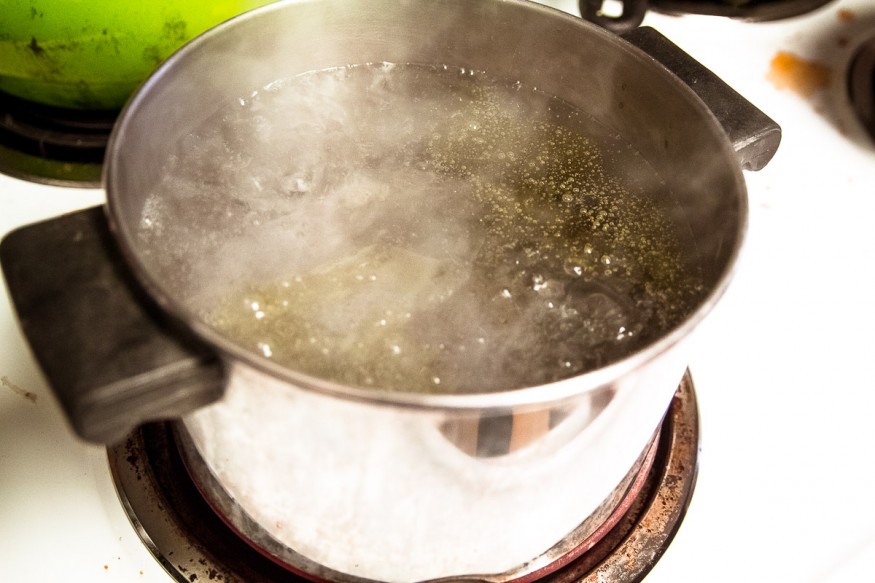
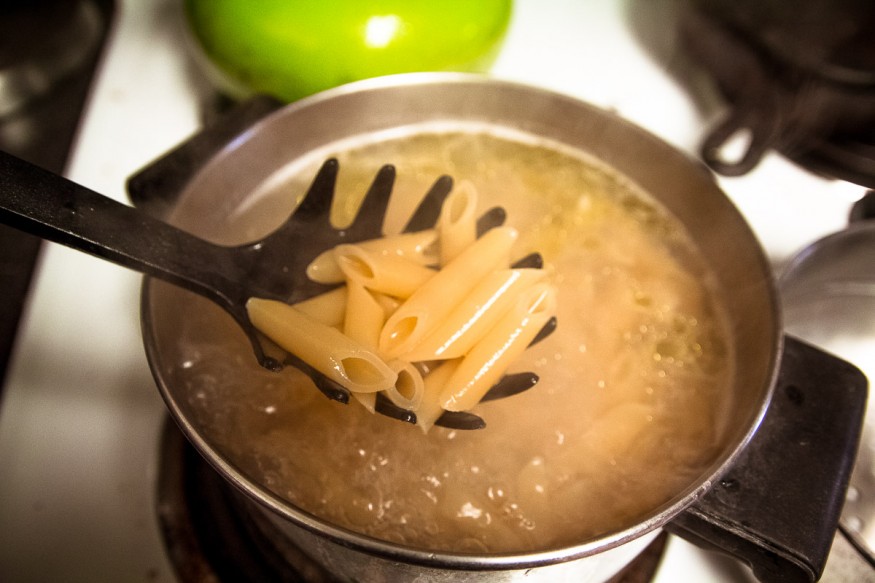
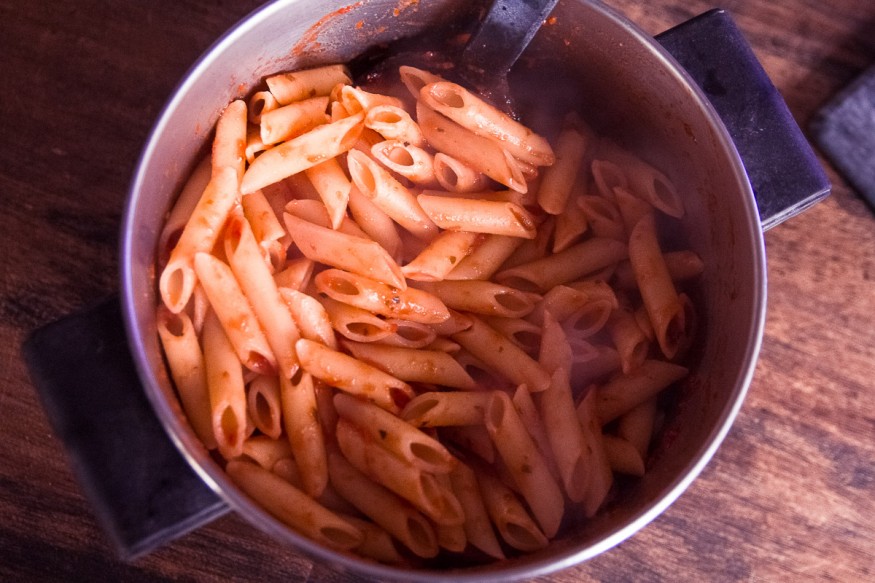
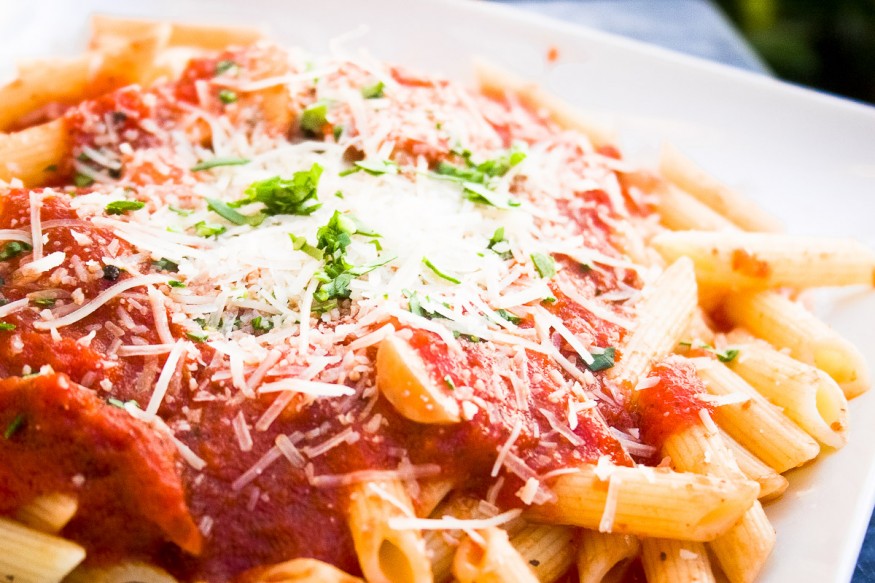
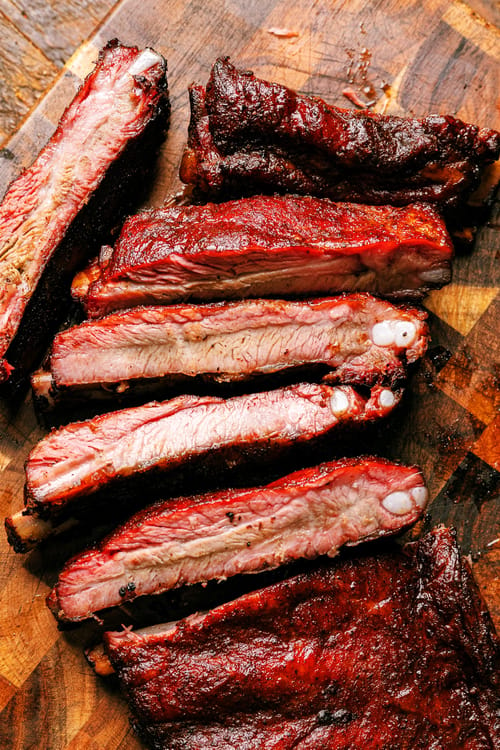

1 Comment
What I would do more: add couple of table spoons of water from boiled pasta to the sauce. That will rise the taste of it.